The armoured cable is a common cable with an extra protective layer to keep it away from unwanted cut or damage. The armour increases cable life thus improves the performance, reliability, and safety of the cable core.
Armoured Cable
The cable with an outside layer or layers of armour wired or tapes to provide tensile strength during the cable laying operation, and protection while resting underground.
Care should be taken that the cables shall not be bent to a radius less than the minimum specified by the manufacturer.
Armour
Steel in the form of wires or tapes enforced to the outside of cables.
If the application of a single layer of armour wire is called a Single armour cable.
If the application of two layers of armour wire is called armour with a double.
Armour Wire
Zinc coated mild or high tensile steel wire or aluminium of different gauges for the protection of and also to provide tensile strength for the cables.
Armour Tape
Steel tape applied for the protection of cable intended for direct burial on land.
When to use Armoured Cable?
When transmitting power in harsh environments, cable protection is necessary for safe and reliable operation.
They are used primarily in industrial applications, often run in cable trays and raceways.
They are often not used in flexible applications.
Classification of Armoured Cables

The armoured cables can be categorized into
- Wire-Braid Armour
- Steel Wire armoured cables,
- Steel Tape armoured cable
- Aluminum or aluminum alloy wire armoured cable.
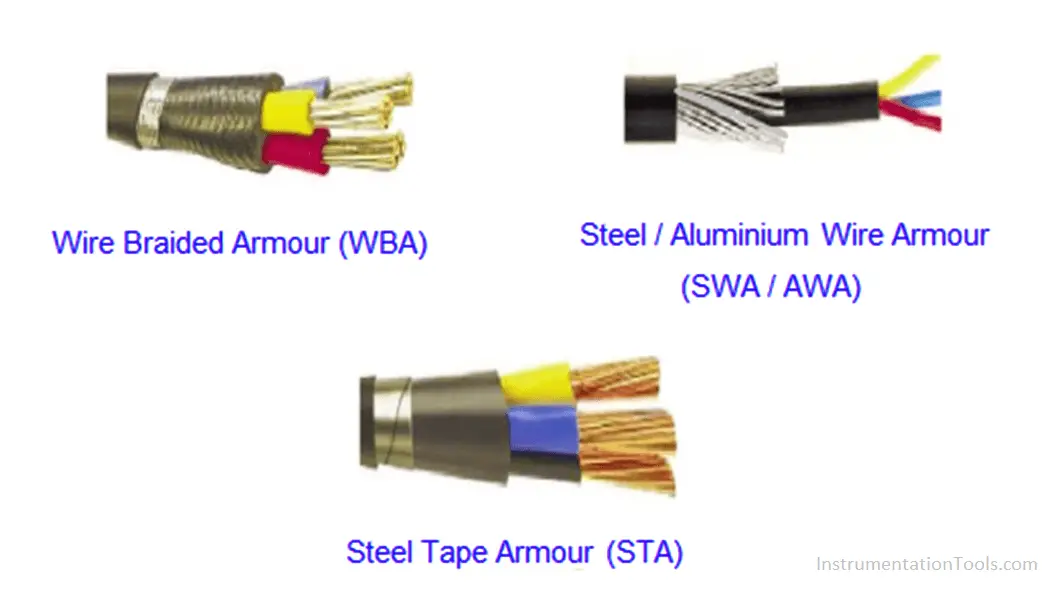
Wire-Braid Armoured Cable
Wire braid armor is also known as basket-weave armour. It is used when light and flexible protection is needed.
Wire braid is constructed much like a fibrous braid. The metal is knitted directly over the cable as the outer covering.
Generally, the braid is made of galvanized steel, copper, bronze, or aluminium.
Steel Wire Armoured Cable
They are generally abbreviated as SWA cable (Steel Wire Armour).
SWA Cables is suitable for high drop areas and can withstand external mechanical forces and extensive tension.
Cables with multiple cores use Steel wire armour. It withstands high pull loads.
Steel Tape Armoured Cable
They are often abbreviated as STA (Steel Tape armour).
STA Cables are suitable for buried laying and can withstand external mechanical forces but cannot withstand large tensile forces.
Aluminum Wire Armoured Cable
The cables are generally abbreviated as AWA. Because of the non-magnetic nature of Aluminium, there would not be any induced currents in the armour due to the currents flowing in the main conductor.
Aluminum Wire armour is used in single-core cable.
Aluminium Wire Armoured cables are used in electrical power networks, underground installations, outdoor and indoor applications, as well as power and auxiliary control cables for cable ducts.
Cable Construction
Steel Wire Armoured cable construction
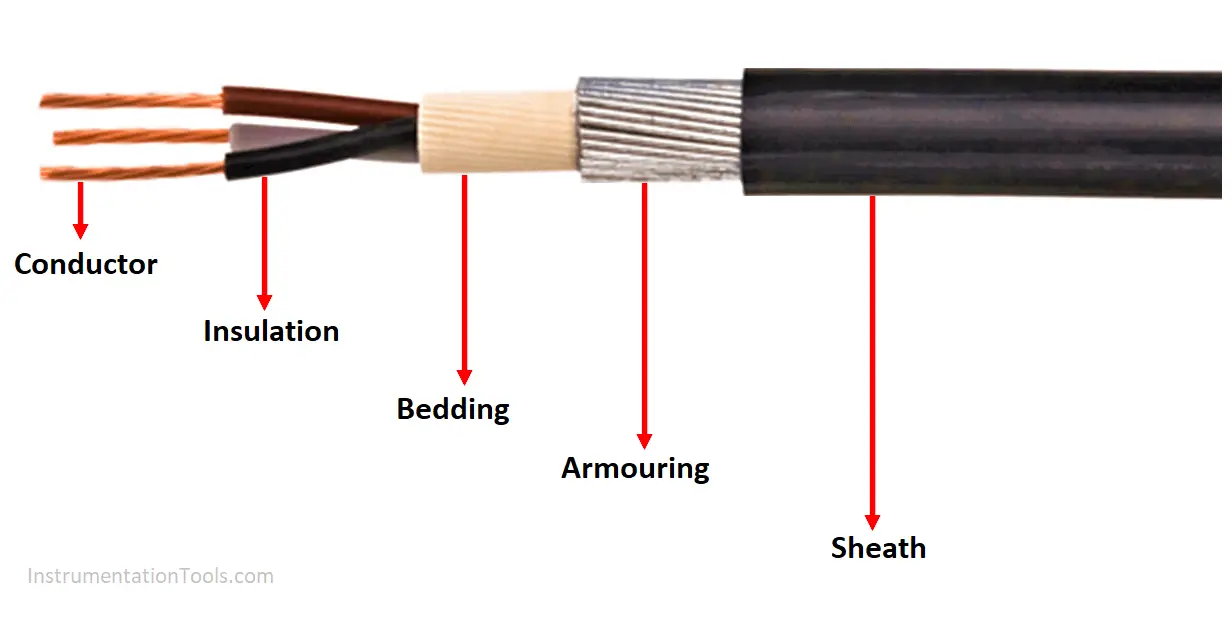
The structure of the SWA cable is broken down from the inside to the outside the conductor (usually copper conductor or aluminum conductor), the insulation (XLAPE or PVC) inner sheath (PVC) armour (wire or steel belt) outer sheath (PVC).
Generally, the construction of an aluminum or steel wire armoured cable contains six parts.
The construction of our various types of armoured cables (US spelling armored cable).
Conductor
The conductor mainly acts as conductive, transmits power.
The copper conductor is good conductive, and the aluminum conductor is weaker.
Insulation
The insulation material is the cross-linked Polyethylene ( XLP or XLPE) which has a high insulation resistance (IR), high dielectric strength, and low dielectric constant.
XLPE or PVC-XLPE is very expensive, but it has better coated, great softness, PVC is low in price, and softer.
It provides high-temperature resistance.
Bedding
It is a layer to create a protective barrier between the insulation and the armour.
Sheath
Sheath offers a further level of protection to the constituent parts of the cable that are held together.
Sunlight emits ultra-violet radiation, may too soon degrade the materials in a cable sheath. Black sheaths offer inherently more UV resistance.
Sheath degradation takes place due to several reasons such as chemicals, excessive heat, or cold.
Voltage
Voltage ratings of 600/1000V, 6.35/11kV, and 19/33kV.
Armour
Protection cable does not get subjected to damage from external mechanical forces.
A steel or aluminum armour contributes mechanical protection to allow the cable to withstand the mechanical stresses to which it is exposed.
What is a Steel Wire Armoured cable?
Steel Wire Armoured Cable is designed to have mechanical protection, this is the reason why the cables are often used for external use.
The chances of the cable getting pinched or damaged can be avoided by the armour, Steel armour is used to protect the cable.
SWA cables are heavy, which makes them highly difficult to bend.
Hence, they are more suitable for underground cabling or fixed to outdoor walls using cable cleats.
Steel Wire Armoured cable (SWA) is a power and auxiliary control cable, designed for use in mains supply lines of electricity.
It is one of the various protected electrical links- carrying 11 kV cable and 33 kV cable – and is found in underground systems and frameworks, cable networks, power networks, control systems, outdoor, indoor applications, and cable ducting.
Cable Armour as an Earthing Function
The metallic armouring is to provide tough protective covering, also overall cable strength.
Armour may be used as a circuit protection conductor (CPC) and main protective bonding conductor.
Author: R.Jagan Mohan Rao
Read Next:


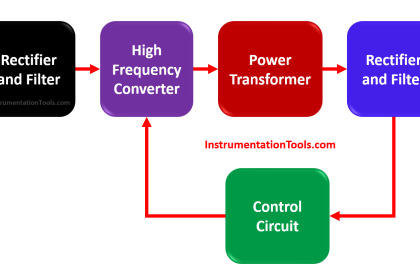
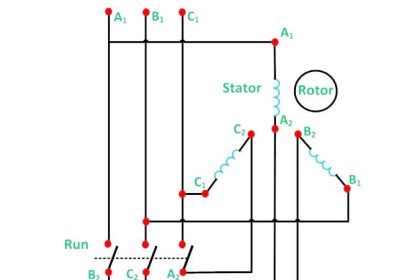
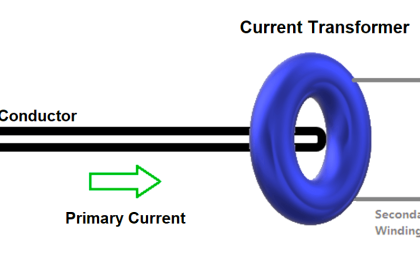
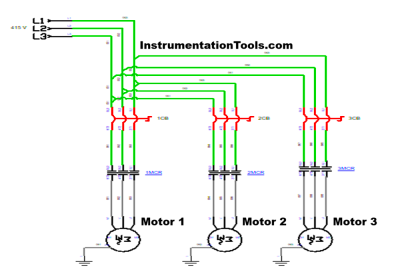
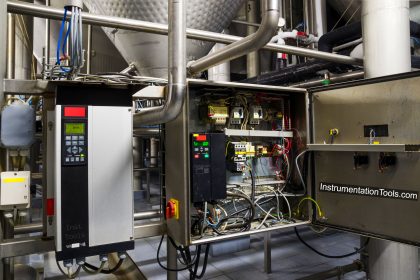
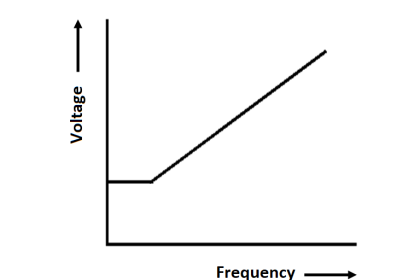
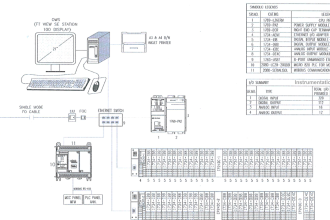
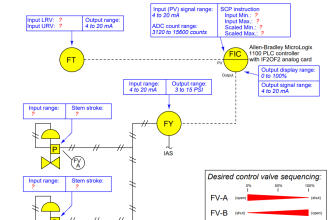
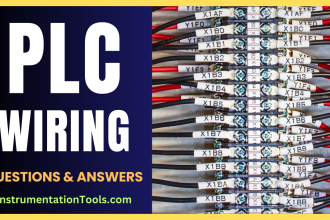

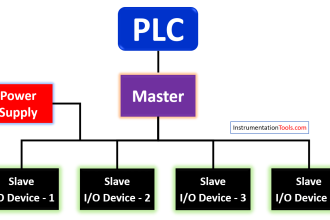




Nice Information Mr. Jagan Mohan
It is very good
Hello can steel tape armour pressure disturb current flow on aluminium cores
When an electric cable is tested them fail low voltage can steel tape armor contribute in some way?
Very nice..